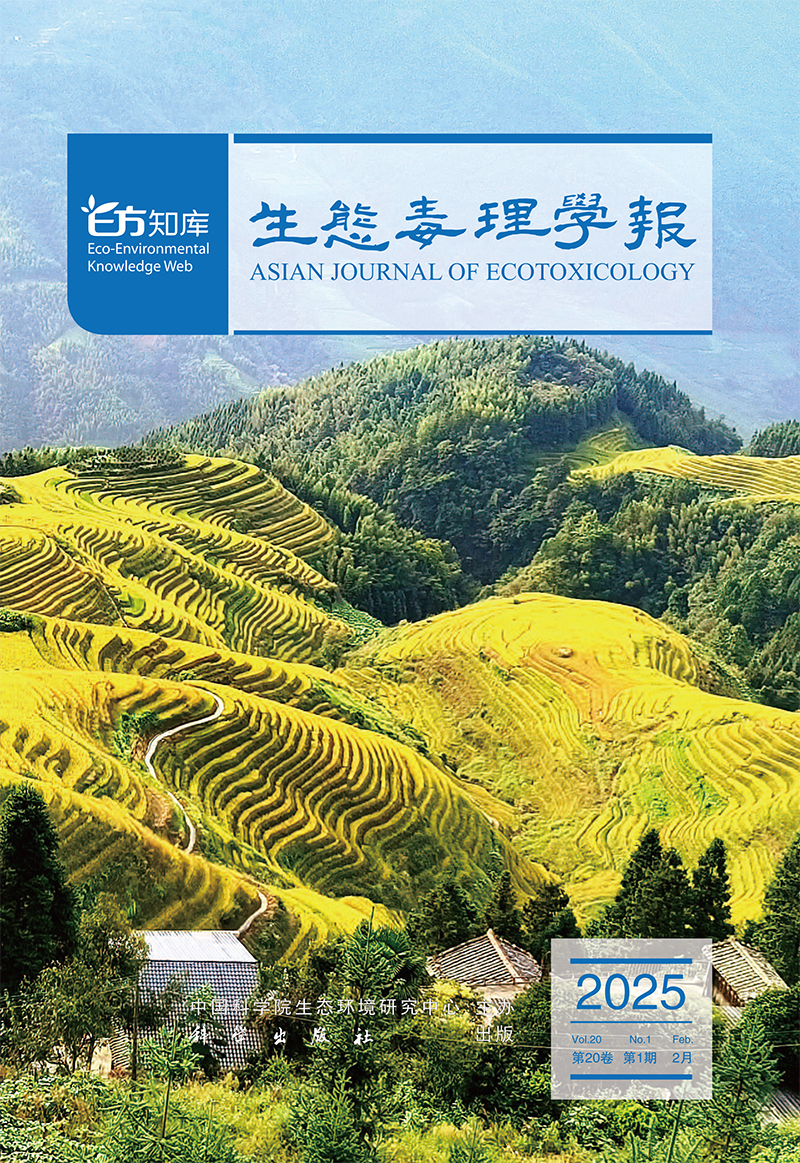Toxic Mechanism of Environmental Hormone Vinclozolin on Mouse Prostate Cancer Cells
- Received Date: 13/11/2011
-
Key words:
- vinclozolin /
- vitamin E /
- oxidative stress /
- cell activity
Abstract: To study the toxic mechanism of environmental hormone vinclozolin on mouse prostate cancer (RM-1) cells, 3 groups experiments were designed:control group, vinclozolin-treated group, and addition of vitamin E to vinclozolin-treated group (experimental group). After 48 h, morphological changes of the cells were observed. Cell proliferation rate, malondialdehyde (MDA) content and the ability to inhibit hydroxyl radical were determined as well as the activities of lactate dehydrogenase (LDH), Na+ -K+ -ATPase and Ca2+ -Mg2+ -ATPase. Compared with control group, the number of RM-1 adherent cells, cell proliferation rate, the ability to inhibit hydroxyl radical, Na+-K+ -ATPase activity and Ca2+ -Mg2+ -ATPase activity significantly decreased (p <0.05), while LDH activity and MDA content obviously increased (p <0.05) in vinclozolin-treated group. After addition of vitamin E, compared with vinclozolin-treated group, the number of adherent cells, cell proliferation rate, the ability to inhibit the hydroxyl radical, Na+-K+ -ATPase activity and Ca2+ -Mg2+ -ATPase activity (p <0.05) significantly increased, while LDH activity and MDA content obviously decreased (p <0.05). It was indicated that vitamin E antagonized the oxidative stress of RM-1 cells treated with vinclozolin. Thus, the damage of cell membrane was relieved and the integrity and function of cells were maintained, preventing the escape of intracellular LDH and the decreasing Na+ -K+ -ATPase activity and Ca2+ -Mg2+-ATPase activity. As a result, the cell death and cell proliferation rate decreased.





 DownLoad:
DownLoad:
